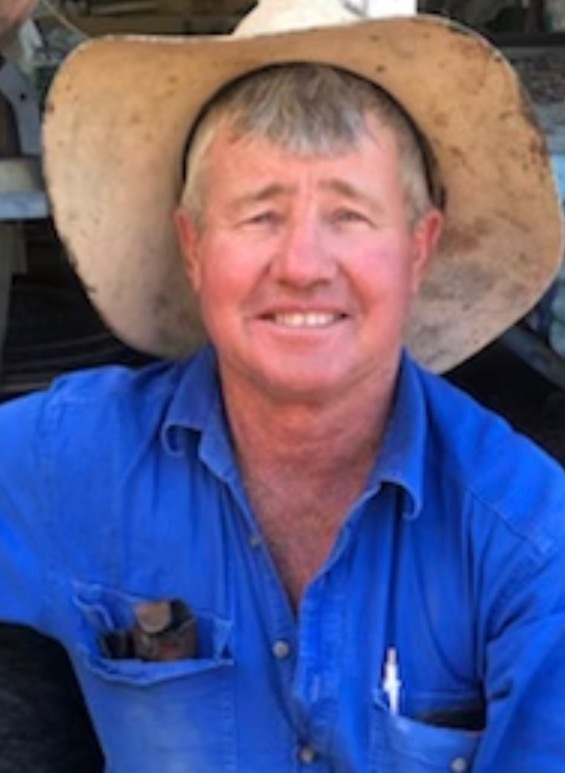NSW Farmers say falling populations puts regions at risk
Lucy Kirk
07 July 2022, 3:30 AM
 A strong commitment is needed to keep small communities viable into the future.
A strong commitment is needed to keep small communities viable into the future.The latest Australian census data shows a sobering drop in population for many areas in regional NSW and the future projections show these same locations will continue to experience significant population declines in the next 20 years, but is there a solution?
The data reveals that places like Bourke, Brewarinna, Walgett, Cobar and the Bogan Shire will be among the most severely affected, with their population expected to decrease by well over two percent each year for the next twenty years. Other areas to see a decline include Coonamble, Lachlan, Narromine and Warren.
Despite many inner-city workers making a country escape during the pandemic, Greg Rogers from NSW Farmers Western Division says that the pace of regional investment has not kept up with the times and is clearly having a significant impact.
“Places like Brewarrina, Walgett, Bourke and Cobar have all shrunk significantly and a loss of residents means critical council services are reduced, which has a direct impact on the ability to maintain the local roads that are critical for inter- and intra-state freight,” Mr Rogers said.
“Agriculture is a major economic driver for our state, but we are already facing critical workforce shortages – a loss of local amenities makes it even harder to attract and retain critical skilled workers and their families.”
The Federal Government included in their 2022-23 Budget $2 billion for a Regional Accelerator Program which is aimed at creating jobs across regional Australia in the manufacturing, critical minerals and agriculture sectors, but according to the Australian Bureau of Statistics (ABS) there are already over half a million job vacancies in the country, and over half a million people who are jobless.
Mr Rogers says that this suggests that the government need a longer term commitment to attracting people to live and work, not only in the agricultural sector in these diminishing regional areas, but also in government-funded positions that maintain services in the towns.
"They've got to be prepared to make a long term commitment. If there's no families there's no communities – it applies to schools, hospitals, doctors and all government services."
"They only offer 12 month contracts to their employees, for example allied health people aren't going to pack up their families and move for 12 months," he said.
"Or they contract everything out so people arrive for the day or the week and wonder why there's nothing much in the towns. They've got to get people back living in the towns and back the whole show."

Greg Rogers says that a clear long-term commitment is needed. PHOTO SUPPLIED.
President of NSW Farmers, Mr James Jackson, is emphatic that agriculture is a rewarding career for anyone who wants to do something a little hands-on.
“Shearers can earn fantastic money and young people getting into that career are setting themselves up for the future, earning more than they could pulling beers or pouring coffees,” Mr Jackson said.
“With food prices and availability being a big concern for many households, working in the farming sector is a great way to earn a living and do something positive for the country.”
“Agriculture is growing and changing – technology is playing an increasingly important role from data, to robotics, and remote sensing – these are exciting technologies where life imitates the game console," he added.
Mr Rogers says that NSW Farmers is putting pressure on the government to commit to a long-term plan to bring more workers into regional areas.
“When populations decline essential services are lost – banks, medical services, schools, retail outlets, and government agency shopfronts close," he said.
"The bush is the heart and soul of our nation, but I’m afraid it will die out if we don’t do something to quickly reinvigorate these communities," said Mr Rogers.
To view the population estimates for your region, visit the NSW Planning portal.




